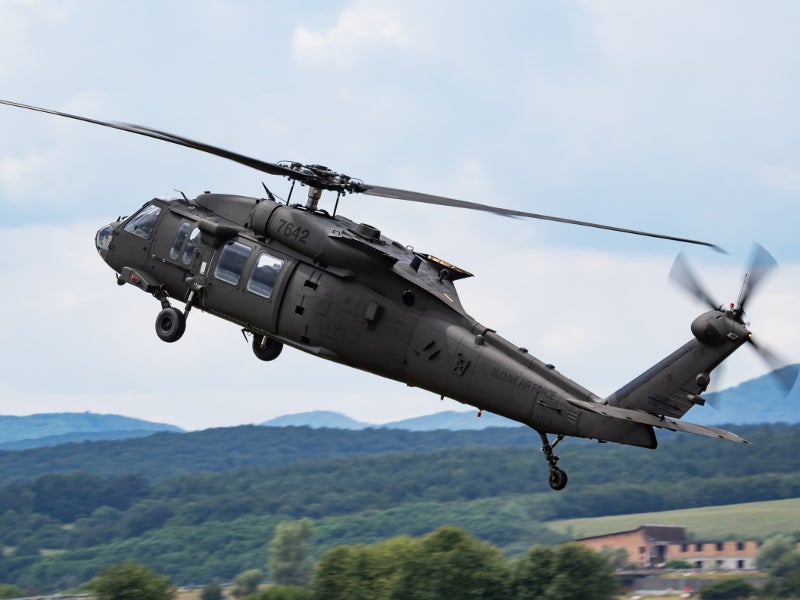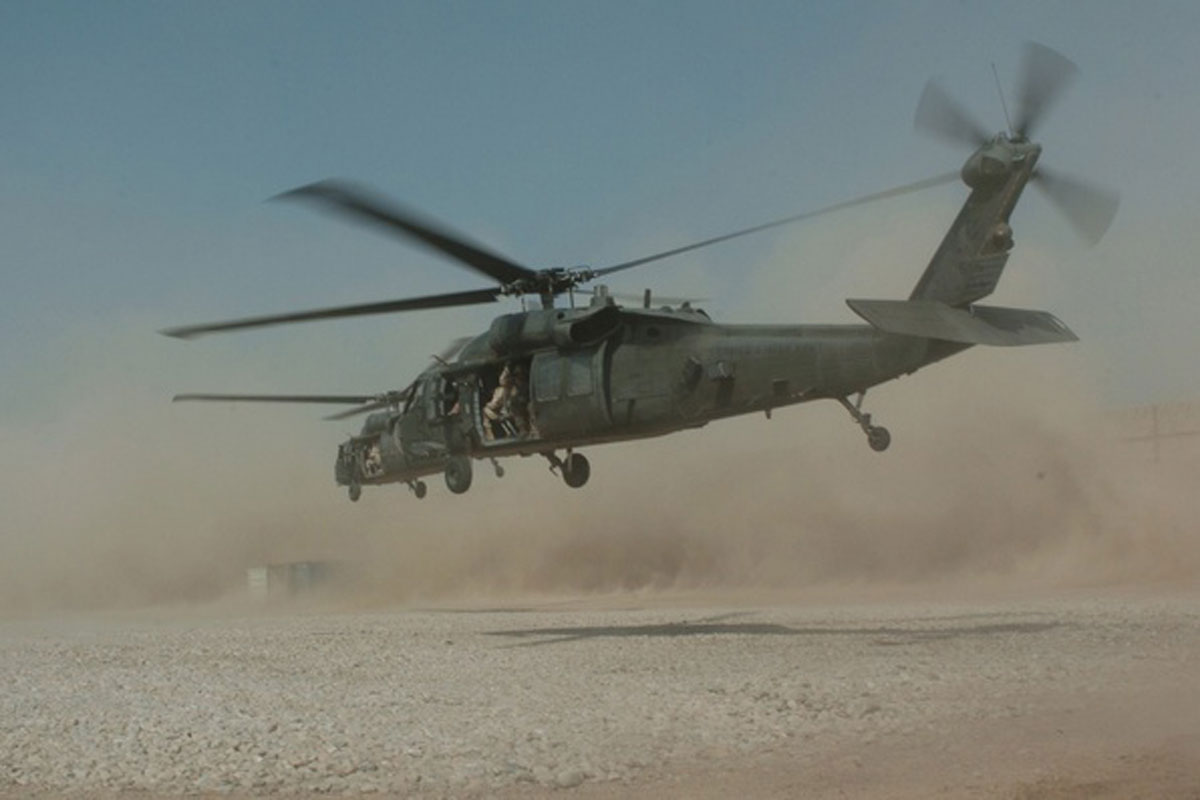Navigating Success: UH 60 Helicopter Maintenance Best Practices
Navigating Success: UH 60 Helicopter Maintenance Best Practices
Blog Article
Browsing Uh 60 Helicopter Laws and Conformity Requirements

Regulatory Framework Review
The governing framework regulating UH-60 helicopter procedures encompasses a complex set of criteria and regulations developed by aeronautics authorities. These policies are designed to make certain the reliable and safe operation of UH-60 helicopters in various atmospheres. The Federal Air Travel Management (FAA) plays a central role in developing and applying these laws, which cover a wide variety of operational facets, consisting of airworthiness criteria, pilot certifications, maintenance requirements, and functional procedures.
Conformity with these guidelines is vital for helicopter operators to preserve the highest degree of safety and functional integrity. Failure to comply with these laws can result in major consequences, including accidents, injuries, and regulatory permissions. Helicopter drivers should remain notified about the newest regulative advancements and make certain that their procedures are in full conformity with all relevant guidelines and criteria.
Airworthiness Evaluations and instructions
Among the governing framework controling UH-60 helicopter operations, an important focus lies on conformity with Airworthiness Directives and conducting comprehensive assessments to promote safety and security standards and operational dependability. Airworthiness Instructions (Advertisements) are issued by aeronautics authorities to deal with harmful conditions in aircraft, including the UH-60 helicopter, and mandate details actions to be taken by operators or owners. Compliance with ADs is necessary, and failure to stick to these regulations can cause major repercussions, including grounding of the aircraft.
Regular examinations are vital to making sure the airworthiness of UH-60 helicopters. These assessments include a variety of checks, from routine daily examinations carried out by pilots before and after trips to extra detailed scheduled upkeep assessments lugged out by licensed auto mechanics. Additionally, unique evaluations may be called for based on specific problems or occurrences. By sticking to a stringent evaluation regimen, drivers can discover and address possible issues without delay, consequently enhancing the safety and security and reliability of UH-60 helicopter procedures.
Pilot Credentials and Training

Pilot training for UH-60 helicopters is detailed and covers a large range of topics, including airplane systems, emergency situation procedures, navigating, and mission-specific training. Additionally, pilots undertake simulator training to practice numerous emergency circumstances in a controlled setting. This training assists pilots create the required skills to take care of challenging scenarios efficiently.


Furthermore, ongoing training and specialist growth are crucial for UH-60 pilots to remain existing with the current policies, technology, and best practices. By purchasing pilot credentials and training, drivers can enhance safety, maximize efficiency, and make sure compliance with regulatory demands in the procedure of UH-60 helicopters.
Functional Limitations and Demands
Pilot qualifications and training act as the structure for comprehending the operational constraints and demands related to UH-60 helicopter procedures (uh 60). These functional restrictions are implemented to guarantee the safety of the team, passengers, and the airplane itself. Operational limitations might include factors such go to website as weather, weight constraints, elevation constraints, and functional boundaries. It is crucial for pilots to be fluent in these limitations to make enlightened decisions throughout flight procedures. Additionally, conformity demands, such as sticking to web certain flight courses, communication methods, and emergency treatments, are vital for maintaining operational safety and security and regulative compliance. Pilots need to stay present with all functional limitations and demands through routine training, instructions, and evaluates to minimize risks and make sure safe and reliable UH-60 helicopter procedures. By focusing on adherence to these operational guidelines, pilots can boost the total safety and efficiency of their goals while upholding regulative criteria.
Emergency Procedures and Compliance Testing
Efficient emergency treatments and extensive compliance screening are crucial parts of preserving operational security and regulatory adherence in UH-60 helicopter procedures. Regular conformity testing ensures that the helicopter satisfies all regulatory demands set forth by air travel authorities.
Additionally, compliance screening might entail simulations of emergency scenarios to evaluate the team's feedback and the helicopter's efficiency under stress. By focusing on emergency situation treatments and conformity screening, UH-60 operators can mitigate risks and demonstrate their commitment to security and governing conformity.
Verdict
Finally, adherence to regulatory framework, conformity with airworthiness regulations, pilot certifications and training, functional restrictions, and emergency situation treatments are necessary for browsing the laws and needs of running a UH-60 helicopter. uh 60. It is critical for drivers to focus on safety and security and ensure full conformity with all applicable regulations to maintain the airworthiness and functional honesty of the airplane
Navigating the regulative landscape surrounding UH-60 helicopter operations demands a nuanced understanding of the detailed internet of rules and conformity needs.Compliance with these laws is necessary for helicopter operators to keep the highest degrees of safety and security and operational stability.In the middle of the regulatory structure governing UH-60 helicopter operations, an essential emphasis lies on compliance with Airworthiness Directives and browse around this site carrying out complete assessments to maintain safety criteria and functional dependability.Efficient emergency situation treatments and extensive compliance screening are vital components of preserving operational safety and governing adherence in UH-60 helicopter operations. Normal compliance screening makes certain that the helicopter meets all governing requirements set forth by air travel authorities.
Report this page